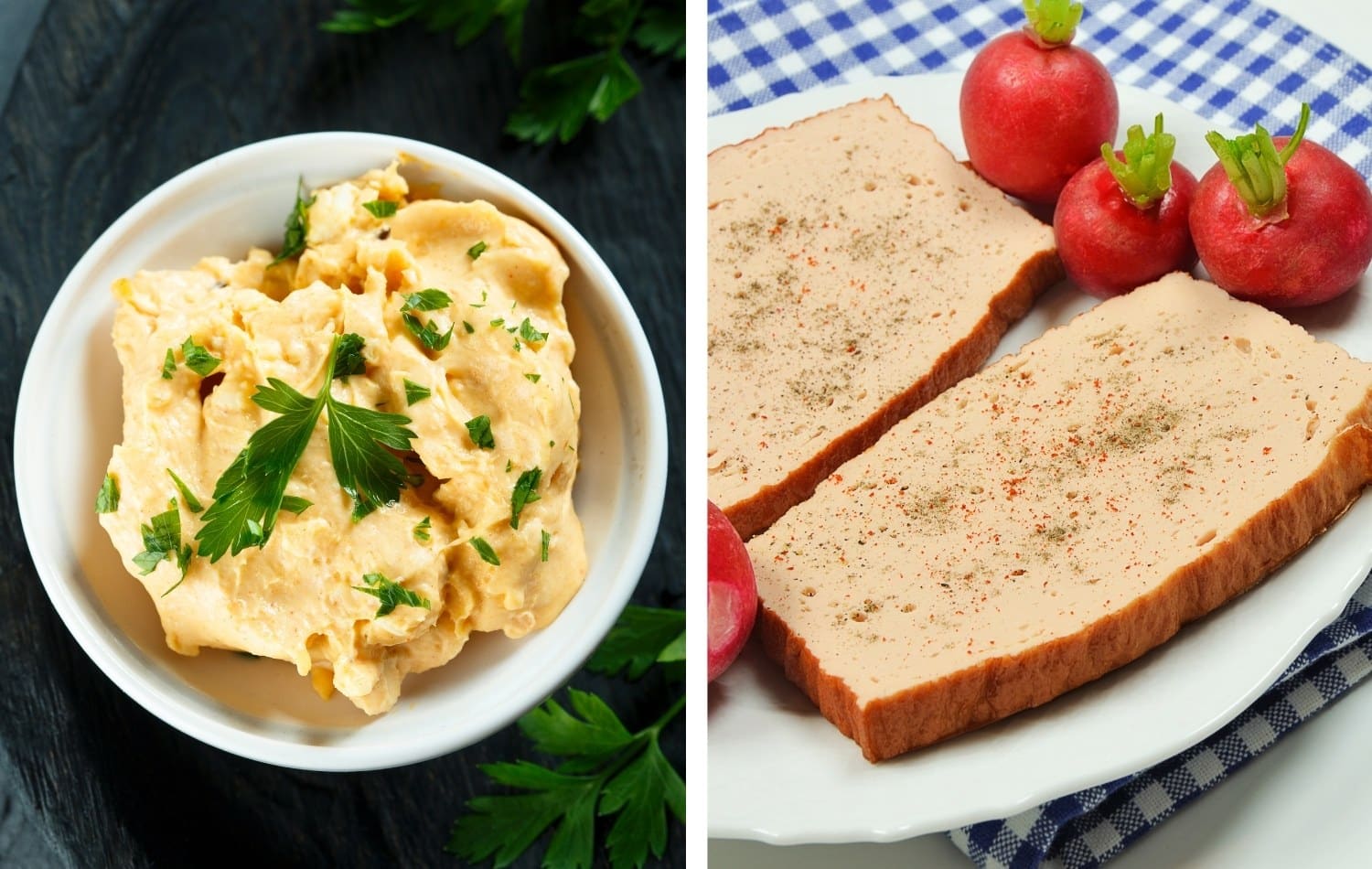Tohru in der Schreiberei, the famed Munich restaurant, recently joined the very exclusive ranks of Germany’s three-starred Michelin restaurants—only 12 nationwide, and just two in Munich.
Chef’s Pencil sat down with Chef Tohru Nakamura to discuss his latest achievements, the fine dining scene, and his recommendations for traditional dishes every visitor should try when eating out in Munich.
Here’s what he had to say about this: In Munich, I’d definitely encourage visitors to try the classic Bavarian dishes that really define the local food culture.
For breakfast or brunch, have a traditional Weißwurst (Bavarian white sausage) with a freshly baked pretzel and sweet mustard – and don’t forget a Bavarian wheat beer to go with it, if you’re so inclined, since that’s the tradition.
You get the gemütlichkeit – that cozy, convivial feeling – when you sit in a beer hall enjoying those dishes.
Then later in the day, something like a hearty Schweinebraten (roast pork with dumplings and gravy) or a crispy pork knuckle with sauerkraut is a must.

These are not fancy dishes at all, but they’re authentic, soul-satisfying comfort foods that truly give you a taste of Munich’s heritage. You get the gemütlichkeit – that cozy, convivial feeling – when you sit in a beer hall enjoying those dishes.
Eating Weißwurst (Bavarian white sausage) is practically a ritual in Bavaria—and trust us, that’s no exaggeration. Locals have strong opinions about how it should be done.
First, Weißwurst is strictly a morning meal, typically enjoyed as a second breakfast or early brunch. Bavarians say it should never hear the church bells at noon (“Weißwürste dürfen das Zwölfuhrläuten nicht hören”).
Second, the sausage casing should not be eaten. Traditionally, you either suck the sausage out of its skin (zuzeln) or make a lengthwise cut and peel it away with a knife and fork.
Third, it must be served with Bavarian sweet mustard. The gentle sweetness balances the mild flavor of the veal and pork, making it the perfect condiment for this beloved dish.
What Else Should You Try Out in Munich?
Kässpatzen: These cheesy noodles are served with freshly made crispy or glazed onions in Bavarian inns and taverns. Bavarians originally “borrowed” the dish from their Austrian neighbors, but it has now become an indispensable part of the local cuisine.
Zwiebelrostbraten (Onion Roast Beef): A hearty Bavarian classic you’ll find on almost every traditional menu in Munich—and for good reason. Originally from Austria and Swabia, this dish has been fully “Bavarianized” over time. It’s made from a thick-cut roast beef steak, pan-seared to perfection, topped with crispy or glazed onions, and typically served with pan-fried potatoes or Spätzle. Rich, satisfying, and deeply flavorful, Zwiebelrostbraten is all about high-quality meat and careful cooking.
Leberkäse (Bavarian Meatloaf): a versatile Bavarian staple, Leberkäse is made from finely ground, seasoned meat baked in a loaf pan until golden on top. Despite the name (“liver cheese”), most modern versions contain no liver at all. It’s simple, satisfying, and widely loved across Munich.
Obatzda (Bavarian Cheese Spread): The ultimate beer garden snack, Obatzda is a creamy, flavorful cheese spread made from ripe Camembert, butter, onions, and spices. It’s traditionally served with fresh pretzels or hearty farmhouse bread, and pairs perfectly with a cold beer.

Currywurst and Leberkässemmel: To get a real taste of Bavaria on the go, skip the usual burgers and hot dogs and try Munich’s local street food staples. Two crowd favorites are the Currywurst—a grilled sausage smothered in a tangy curry-spiced tomato sauce—and the Leberkässemmel, a thick slice of Bavarian meatloaf in a crusty roll with sweet mustard.
Kaiserschmarrn (Shredded Pancake Dessert): The undisputed king of Bavarian desserts, Kaiserschmarrn is a must-try when visiting Munich. Legend has it this fluffy, caramelized shredded pancake was invented by accident—but today, it’s a beloved staple on dessert menus across Bavaria and beyond. Made from a sweet pancake batter enriched with sugar and almonds, it’s traditionally served with plum compote or apple sauce.

For more German classics, check out our guide to the best German traditional foods and desserts.





